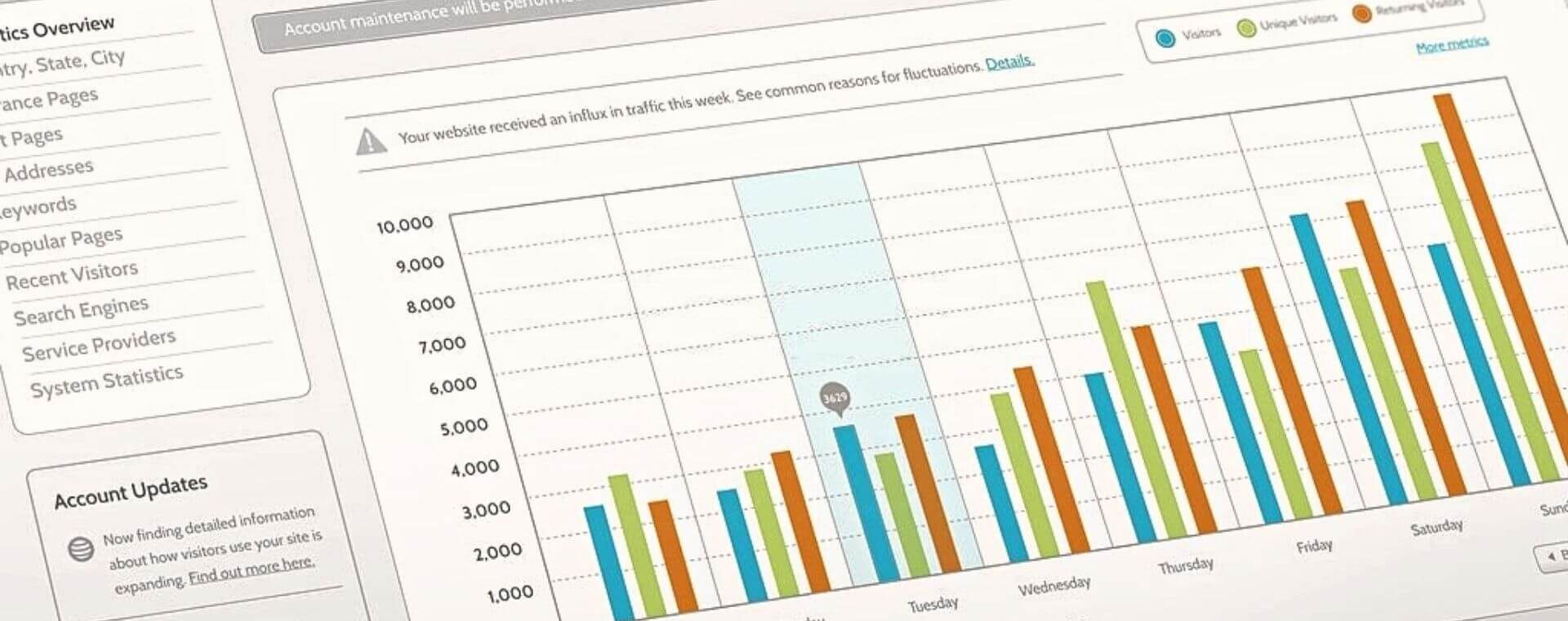Do search engine algorithms, like Google’s, consider the age of a domain when determining rankings? Does purchasing a new domain name impact SEO negatively? Whether domain age is a ranking factor in Google search has been debated for the past two decades. It was once included in a document scoring algorithm.
Continue reading to find out if domain age still affects Google search rankings, or you can use special services like the domain age checker tool to do your research.
Domain Age As A Ranking Factor
The argument is that if you have two domains, one was registered in 2010, while the other was registered in 2020. If you have just published something recently, Google will consider the 2010 domain stronger due to its age and may have an easier time ranking. Do you agree with this reasoning?
The Evidence For Domain Age As A Ranking Factor
In 2007, there were some people in the SEO community who considered domain age to be among the top 10 crucial elements of website ranking. Some individuals have cited Matt Cutts’s words as evidence.
Despite Matt Cutts’ statement that the difference between a 6-month-old and a 1-year-old domain is insignificant, some people may interpret this as Google employing domain age as a ranking factor, though it may not be significant.

The Evidence Against Domain Age As A Ranking Factor
Cutts said that registrar data is not a reliable signal as it’s too difficult for Google to gather, and they need access to enough of it. However, Google can measure when the site was first crawled, and another site was first linked to it.
According to his statement, the quality of your content and the links you receive mainly determine your ranking in search engines. In 2005, a patent application called “Information retrieval based on historical data” by Matt Cutts and others provided additional information on how Google viewed domain signals at that time.
The patent described a technique that involves evaluating a document’s origins and giving it a score based on various information. This data included:
- How often and in what way the content of the document is altered as time passes.
- The average time between changes, the number of changes within a specified period, and a comparison of the current rate of change with the rate of change in a previous period.
- The output should include one or more of the following: the count of new pages linked to the document during a specific time frame, the proportion of new pages associated with the document compared to the total number of pages linked to the document, or the percentage of the document’s content that has changed within a specific time frame.
Although there is more information available, it is evident that this patent was not solely focused on domain age. While domain age may have played a role in the past, there is no definitive proof that it directly impacted rankings. It may have been a minor factor within a broader document history score, which could still be today’s ranking factor.





